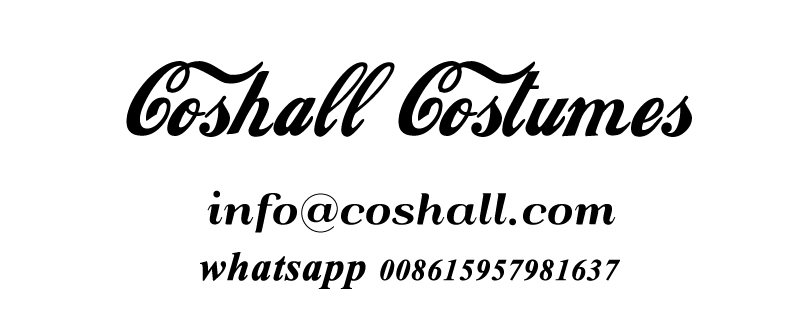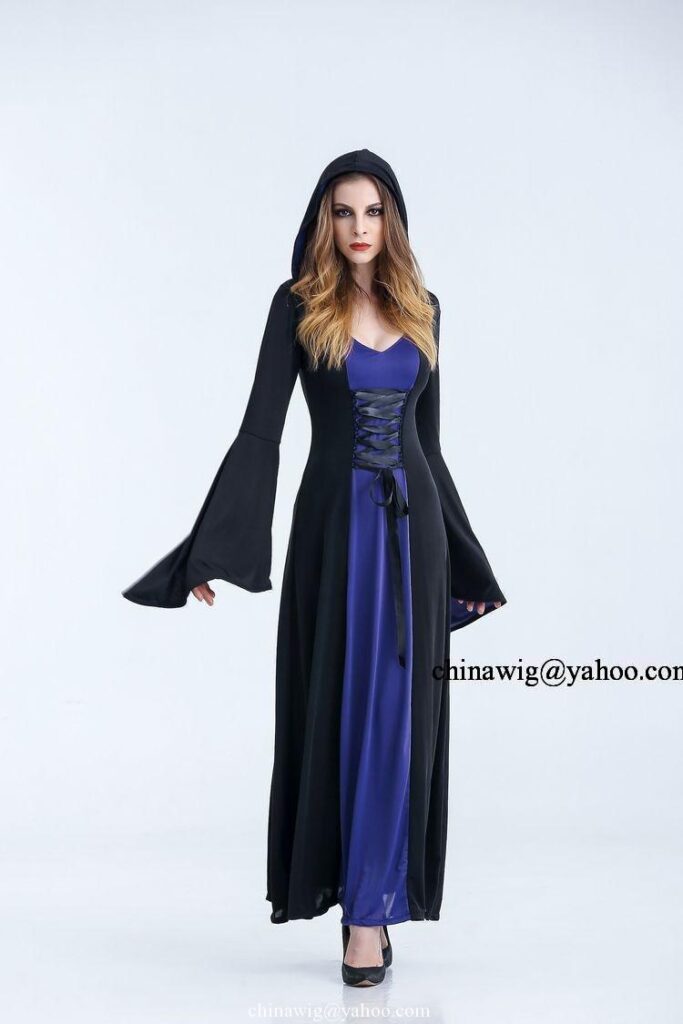Halloween costumes in the contemporary Western world sometimes depict people and things from present times and are sometimes read in terms of their political and cultural significance. Halloween costumes are sometimes denounced for cultural appropriation when they uncritically use stereotypical representations of other groups of people.Immigration and Customs Enforcement Secretary Julie Myers was involved in a scandal when she awarded “Best Costume” at the ICE Halloween party to an ‘escaped Jamaican prisoner’ dressed in dreadlocks and blackface.

Halloween costumes are costumes worn on or around Halloween, a festival which falls on October 31. An early reference to wearing costumes at Halloween comes from Scotland in 1585, but they may pre-date this. There are many references to the custom during the 18th and 19th centuries in the Celtic countries of Scotland, Ireland, Mann and Wales. It has been suggested that the custom comes from the Celtic festivals of Samhain and Calan Gaeaf, or from the practise of “souling” during the Christian observance of Allhallowtide. Wearing costumes and mumming has long been associated with festivals at other times of the year, such as on Christmas.Halloween costumes are traditionally based on frightening supernatural or folkloric beings. However, by the 1930s costumes based on characters in mass media such as film, literature, and radio were popular. Halloween costumes have tended to be worn mainly by young people, but since the mid-20th century they have been increasingly worn by adults also.

